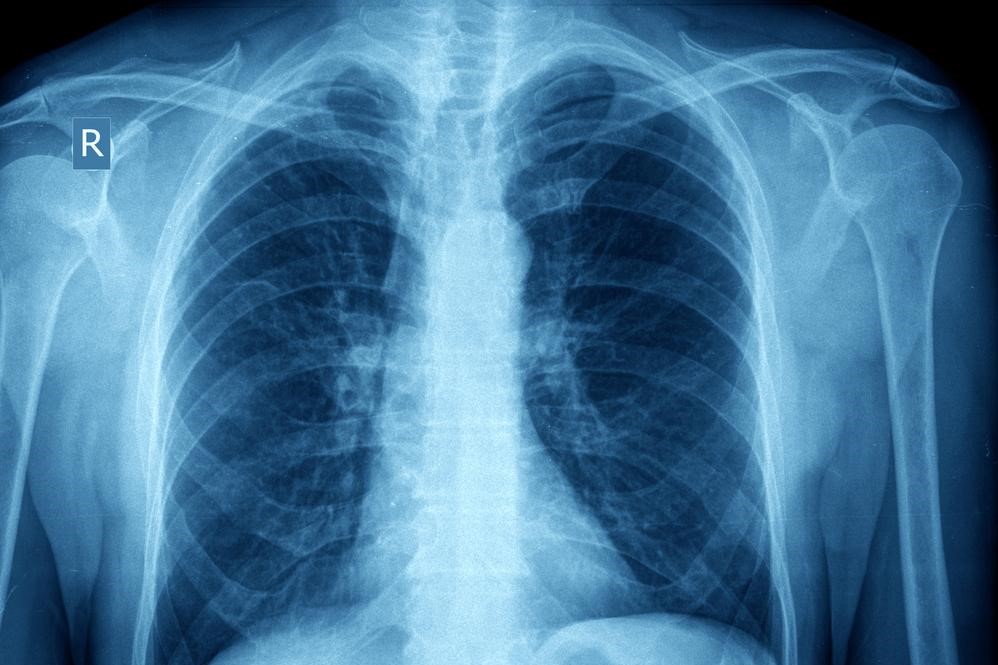Complete Guide to Asthma: Understanding Symptoms, Diagnosis, Treatment, and Prevention Strategies
This comprehensive guide on asthma covers its causes, symptoms, diagnostic procedures, treatment options, and preventive strategies. Learn how to identify triggers, manage symptoms effectively, and improve quality of life through informed care and lifestyle adjustments. Expert insights highlight the importance of personalized treatment plans and ongoing management to control asthma and prevent attacks.

Complete Guide to Asthma: Understanding Symptoms, Diagnosis, Treatment, and Prevention Strategies
Asthma is a chronic respiratory disease that affects millions of individuals worldwide. It is characterized by inflammation and narrowing of the airways, leading to difficulty breathing. The condition is often triggered by various allergens or environmental irritants, which cause the airway muscles to tighten and mucus to build up inside the air passages. These changes result in symptoms such as persistent coughing, wheezing, chest tightness, and shortness of breath. While asthma can develop at any age, it most commonly begins during childhood, but adults can also be diagnosed later in life. The severity of symptoms can vary greatly from one person to another, with some experiencing mild episodes only occasionally, while others may face persistent and severe asthma attacks that significantly interfere with daily activities.
Understanding the Causes of Asthma
Although the exact cause of asthma remains elusive, research suggests it results from a complex interplay of genetic susceptibility and environmental factors. Some individuals inherit genes that make them more prone to developing asthma, especially if their family members also have the condition. Environmental exposures and lifestyle choices play a significant role in triggering or exacerbating asthma symptoms. Common triggers include:
Allergens such as dust mites, pollen, mold spores, pet dander, and cockroach debris
Physical activity, especially vigorous exercise
Cold air or sudden exposure to low temperatures
Respiratory infections like colds, flu, or bronchitis
Environmental pollutants like cigarette smoke, vehicle emissions, industrial chemicals, and fumes
Some medications, including aspirin, NSAIDs, and beta-blockers
Chronic stress and emotional distress
Dietary additives such as sulfites used in foods and drinks
Gastroesophageal reflux disease (GERD), which can irritate the airways
How Asthma is Diagnosed
Diagnosing asthma involves a detailed medical history, physical examination, and specialized breathing tests. Typically, a pulmonologist or respiratory specialist will start by reviewing the patient’s symptoms, medical background, and potential exposure to triggers. Physical assessments include listening to lung sounds and observing respiratory effort. To confirm the diagnosis, lung function tests are crucial. Spirometry is the most common test, measuring the amount and speed of air inhaled and exhaled to assess airway obstruction. Additional diagnostic tools may include:
Peak expiratory flow (PEF) monitoring: measuring the maximum speed of exhalation
Methacholine challenge test: assessing airway hyper-responsiveness
Allergy testing to identify specific allergen sensitivities
Chest X-rays or imaging to exclude other conditions
Sputum analysis to detect inflammation markers
Exhaled nitric oxide measurement: evaluating airway inflammation
Provocative testing if diagnosis remains uncertain
These evaluations help determine the severity and type of asthma, guiding appropriate management.Proper Treatment and Preventive Measures for Asthma
Effective management of asthma involves a combination of medication and lifestyle adjustments tailored to the individual’s severity level. Medications are categorized as long-term control drugs and quick-relief (rescue) medications. Long-term controllers aim to reduce airway inflammation and prevent asthma attacks. Commonly prescribed include inhaled corticosteroids, leukotriene receptor antagonists, combination inhalers containing corticosteroids and long-acting beta-agonists, and methylxanthines. For immediate relief during an attack, quick-acting medications such as short-acting beta-agonists (e.g., albuterol) and systemic corticosteroids are used. In severe or persistent cases, procedures like bronchial thermoplasty may be considered to reduce airway smooth muscle mass and improve symptoms.
Prevention is a critical aspect of asthma control. Simple lifestyle changes can significantly reduce the frequency and severity of attacks. Regular exercise, when properly managed, helps improve lung capacity and overall health. Maintaining a healthy weight can lessen the burden on respiratory systems. Managing GERD through dietary and lifestyle adjustments can decrease airway irritation. Moreover, avoiding known triggers is crucial: clean living environments free from dust and pet dander, using air conditioning or air purifiers to filter out allergens, avoiding exposure to cigarette smoke and noxious fumes, and wearing protective masks in cold weather. Patients are encouraged to develop an asthma action plan in collaboration with their healthcare provider. This plan includes recognizing early symptoms, understanding medication use, and knowing when to seek emergency care.
With ongoing medical advances and increased awareness, controlling asthma effectively is achievable for most patients. Education about the disease, adherence to prescribed treatments, regular check-ups, and lifestyle modifications are key components in maintaining a high quality of life and preventing severe asthma episodes. If properly managed, individuals with asthma can lead active, healthy lives with minimal impact from their condition.





